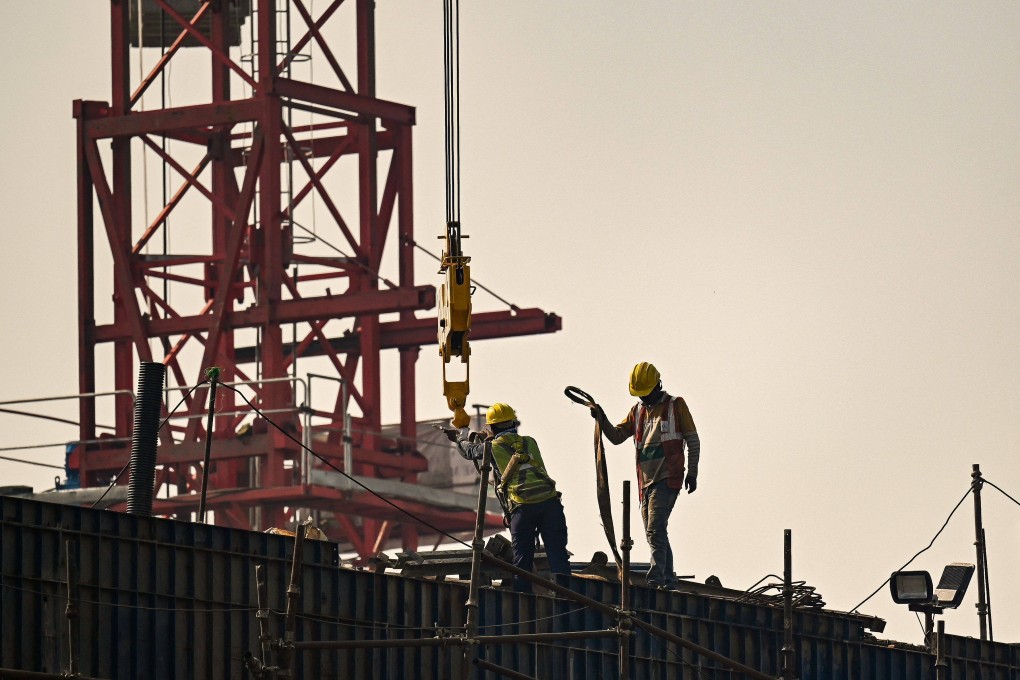Advertisement
India offers alternative as China becomes less investible for foreign cash: Gavekal Research
- ‘Big opportunity’ for India to pick up investment from foreign investors spooked by China’s zero-Covid policies, Gavekal says
- India’s economy is expected to grow at 6.8 per cent this year versus 3.2 per cent in China, according to the International Monetary Fund
Reading Time:3 minutes
Why you can trust SCMP
4

Chad Brayin London
India could be an attractive alternative for foreign investors as China becomes less alluring for overseas cash because of its ongoing “zero Covid” policies and growing geopolitical concerns, according to Gavekal Research.
India is a potential “bright spot” as it is outperforming other major economies, including China’s economy, and its economy is expected to grow at 6.5 per cent for the financial year ended in March, said Tom Miller, senior Asia analyst and senior editor at Gavekal. India’s gross domestic product (GDP) is likely to grow at 5 per cent to 6 per cent next year, as well, he said.
“China is clearly having problems,” Miller said on a webcast on Thursday. “There is a sense in India that this is a big opportunity for the country.”
Advertisement
In terms of portfolio flows, there were net outflows from China of about US$11 billion between July and October, with net inflows in India of about US$10 billion, Miller said.
“As China becomes less investible, and there’s many, many reasons for this, those [emerging markets] flows have to go somewhere and there’s a big opportunity for India to pick up some of that cash,” he said.
Advertisement
Advertisement
Select Voice
Choose your listening speed
Get through articles 2x faster
1.25x
250 WPM
Slow
Average
Fast
1.25x
